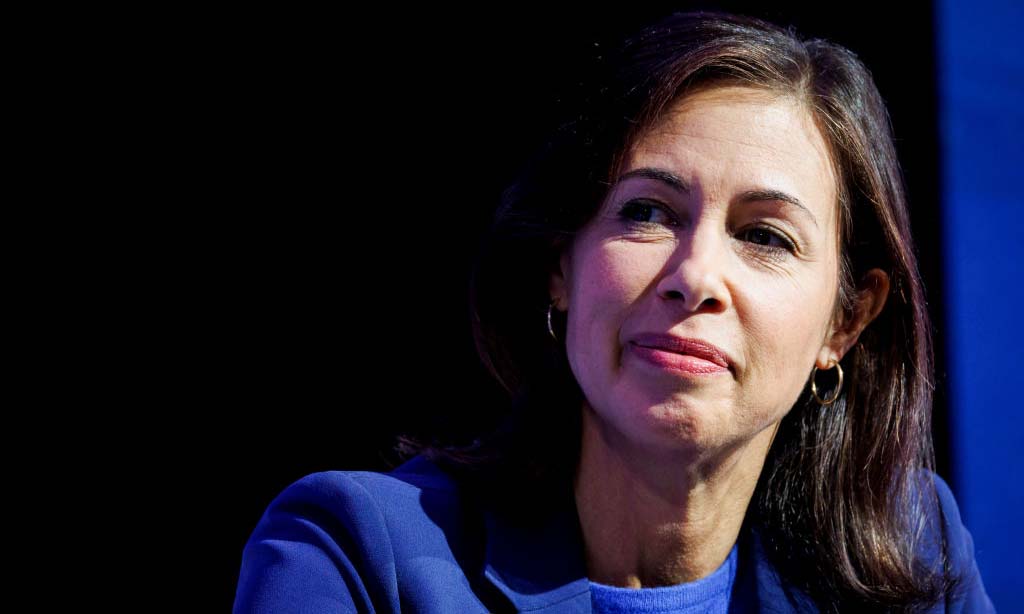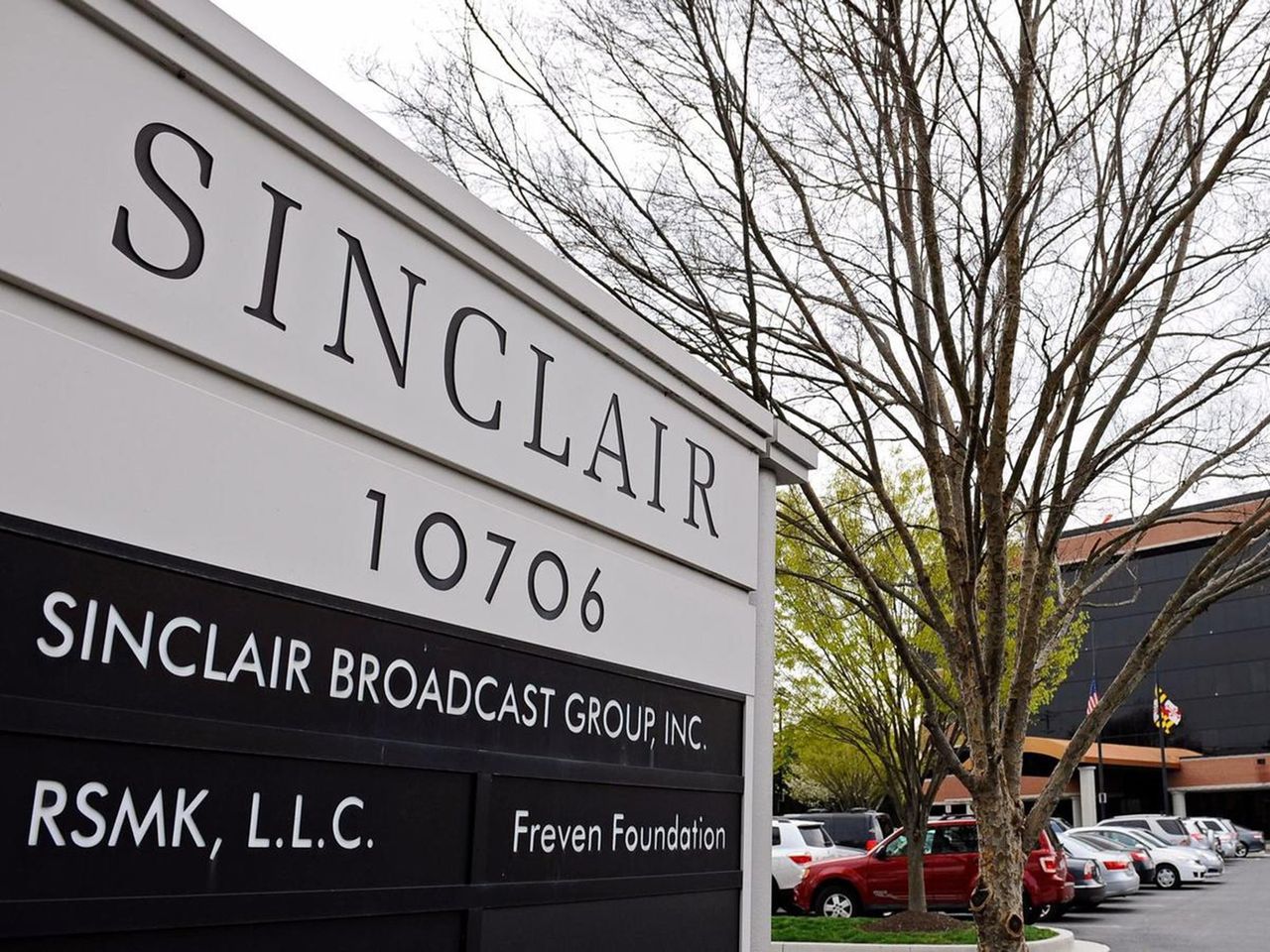
WASHINGTON—FCC Chairwoman Jessica Rosenworcel today proposed new rules to expand very-low-power device operations in additional spectrum in the 6-GHz band alongside other Wi-Fi-enabled devices. In recent years, the agency has expanded unlicensed use between 5.925 and 7.125 GHz, helping to usher in Wi-Fi 6E, set the stage for Wi-Fi 7 and support the growth of the Internet of Things.
“Opening up access to the airwaves without licenses makes it possible to innovate without permission and to develop low-power wireless technologies that change the way we live and work,” Rosenworcel said. “We are making more spectrum available to bolster this growing ecosystem of cutting-edge applications like wearable technologies and augmented and virtual reality that will help businesses, enhance learning opportunities, improve healthcare outcomes and bring new entertainment experiences.”
Though broadcasters initially opposed the use of unlicensed low-power devices in the 6-GHz band due to interference—particularly with wireless ENG tech—the FCC voted in 2020 to open the entire band to low-power devices. In the interim, tech advances such as enhanced interference mitigation measures and changes in usage patterns have lessened such opposition. Nevertheless, the SBE issued a warning to broadcasters earlier this year when the commission publicized its intentions.
NAB also opposed the proposal and issued the following statement:
“While we have not seen the draft item on circulation, it would be extremely disappointing if the Commission were engaged in yet another spectrum giveaway to Big Tech without adequately protecting the spectrum broadcasters are currently using to provide breaking news coverage. As broadcasters’ extraordinary efforts to help the many communities impacted by Hurricane Helene demonstrate, it is critical for the Commission to ensure that broadcasters have access to spectrum that will allow them to provide these essential services in times of crisis and without interference.”
The proposed Report and Order would, if adopted, permit the very-low-power (VLP) class of unlicensed devices to operate across 350 MHz of spectrum in the U-NII-6 (6.425-6.525 GHz) and U-NII-8 (6.875-7.125 GHz) portions of the 6 GHz band at the same power levels and technical/operational protections as recently approved for the U-NII-5 (5.925-6.425 GHz) and U-NII-7 (6.525-6.875 GHz) bands, while protecting incumbent licensed services that operate in the 6 GHz band.
These VLP devices would have no restriction as to where they may operate, nor would they be required to operate under the control of an automatic frequency coordination system. To ensure the risk of interference remains insignificant, the devices would be made to employ a contention-based protocol, implement transmit power control and be prohibited from operating as part of a fixed outdoor infrastructure.
The professional video industry's #1 source for news, trends and product and tech information. Sign up below.
The FCC said its actions in the 6-GHz band for VLP devices “provides greater flexibility while fostering unlicensed innovation.”
“These devices operate at very low power across short distances and provide very high connection speeds, which are ideal for the types of high-data-rate, cutting-edge applications that will both enrich consumer experiences and bolster the nation’s economy,” the commission said.
Tom has covered the broadcast technology market for the past 25 years, including three years handling member communications for the National Association of Broadcasters followed by a year as editor of Video Technology News and DTV Business executive newsletters for Phillips Publishing. In 1999 he launched digitalbroadcasting.com for internet B2B portal Verticalnet. He is also a charter member of the CTA's Academy of Digital TV Pioneers. Since 2001, he has been editor-in-chief of TV Tech (www.tvtech.com), the leading source of news and information on broadcast and related media technology and is a frequent contributor and moderator to the brand’s Tech Leadership events.

